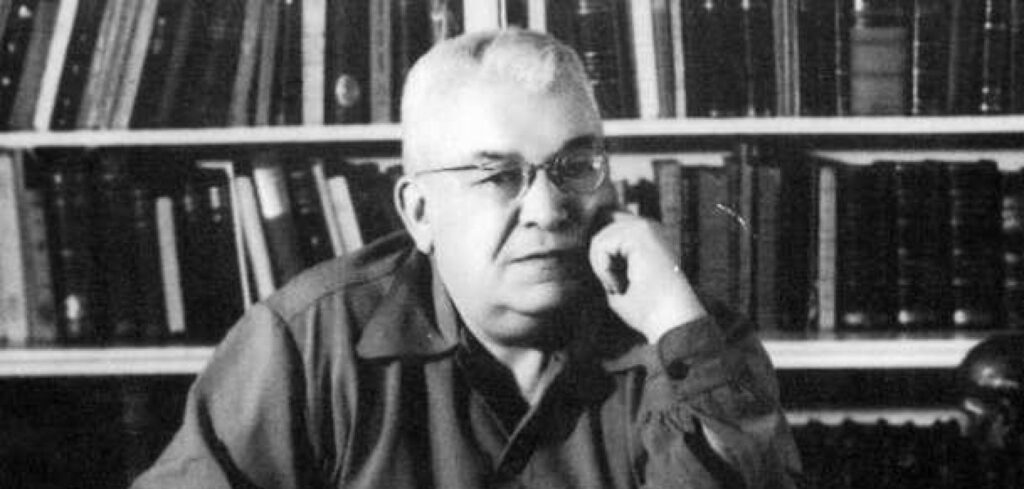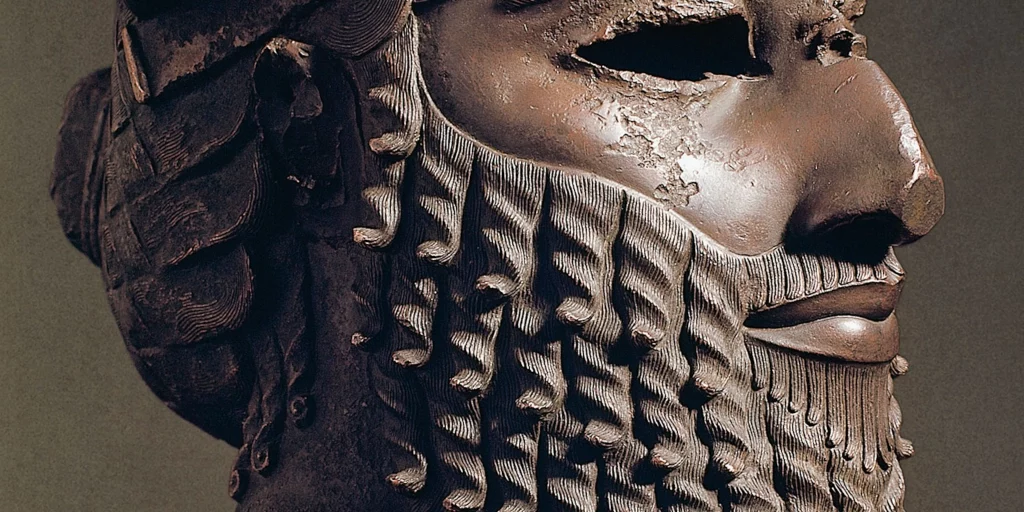In 2008, some of the unfinished manuscripts of Cuban anthropologist, historian, and musicologist, Fernando Ortiz were published posthumously as La Virgen de la Caridad del Cobre. Historia y etnografía.
This work, which deals with Cuba’s patron saint, was devoured by readers all over the island. The book flew off the shelves of bookstores – a testament to just how important a figure Fernando Ortiz had been to the intellectual life of Cuba.
Nearly four decades after his death, his mark on the island continued to spark debates about Cuban history and culture. Today, that mark has persisted. Here is a brief overview of Fernando Ortiz, his life, his work, and his indispensable role in 20th-century anthropology.

Fernando Ortiz’s Early Life and Career
Fernando Ortiz was born in 1881 in Havana, Cuba. He studied law at the University of Havana from 1885 to 1898. He then traveled to Spain, where he graduated with a law degree from the University of Barcelona in 1900. Later, he earned a doctorate in law from the University of Madrid.
Law studies aside, another passion that Ortiz developed early on was archeology. He was particularly interested in learning about past indigenous societies and protecting their cultural artifacts.
He founded the Junta Nacional de Arqueología y Etnología, (National Board of Archeology and Ethnology). This has helped elevate the issue of indigenous cultural heritage ever since its inception.
But Ortiz’s intellectual interests went far beyond the scope of law and archeology. By the end of his career, Ortiz would pen groundbreaking works that helped to define Cuban identity. His works helped counter some of the nineteenth century’s backward theories about racial and cultural inferiority.
Let’s take a brief look at some of his most important ideas.
The Birth of Afrocubanism
In the late nineteenth century, a time when eugenics and positivism were popular among intellectuals, Cuba’s elite were worried that Cuba’s population was becoming too “Africanized.”
They held a particular image in their minds of a Cuba that was white and Hispanic, into which blacks did not factor. They saw blacks as inferior and believed they were a negative influence on Cuban society. They were criminals, backward, and did not fit into the majority white and Hispanic society.
Many members of the ruling class even tried to limit the number of blacks who entered the country by favoring Europeans, especially those from Spain.
What these elites failed to recognize, however, was that Cuba’s population had a strong historical and cultural link to Africa. One-third of the island’s population was black.
These were former slaves that were brought over from Africa or who were born to parents who had been kidnapped, chained, and forced to work in plantations.
And it’s not like slavery in Cuba was a practice from a bygone era. In Cuba, slavery was not abolished until 1886. This was long after most of the rest of the Western hemisphere had ended the practice.
Fernando Ortiz was one of the first Cuban intellectuals to study the behavior of this sector of the population to try and describe them in scientific terms. Fernando Ortiz gathered his findings in an early work titled, “Los negros brujos,” or “Black Sorcerers.”
Unfortunately, as scientific as he may have set out to be, Ortiz approached the study with some strongly held Cuban prejudices. Namely, he argued that both the criminal behavior and witchcraft that seemed so prevalent among blacks could be explained by biologically determined factors.
But Ortiz soon moved past his racial biases and began to recognize that this sector of the population was not simply shaped by biology. Rather, they were a product of culture and other sociological factors.
During the following couple of decades, Fernando Ortiz continued to flesh out his ideas about Afrocubanism. He wrote several groundbreaking papers that covered topics ranging from slavery to music to language.
Eventually, his work added a new dimension to Cuba’s history that went beyond the island’s geography. He began to see Cuba as a kind of melting pot that benefited from a wide range of cultural influences. He called this idea transculturation.
Fernando Ortiz and Transculturation
One of the ways that Fernando Ortiz helped change people’s views of black culture was through his analysis of music. To Ortiz, Afrocuban music was not just chaotic and irrational as many whites ignorantly believed.
As he pointed out, Afrocuban music was a collective activity that functioned to bind a community together and provide social organization. He even believed that the mixing of musical styles, much like the mixing of races and cultures, would be beneficial to everyone.
He saw a world in which one day cultures and ideas from all over the world would be mixed together in the same way that Cuban society itself was a blend of influences.
Fernando Ortiz’s most famous work, however, was called Contrapunteo cubano del tabaco y el azúcar. In it, Ortiz describes Cuba’s unique blending of cultures and peoples using his new term – transculturation.
In contrast to acculturation, which was a more commonly used term at the time, transculturation not only encompasses one culture subsuming another. Rather, it represents the multi-directional flow of changes that occur when two groups of people come together.
To illustrate this concept, Ortiz used the very vivid metaphor of ajiaco. Ajiaco is a famous Cuban stew that mixes indo-american and Spanish flavors. Its varied ingredients come together to form a rich and varied plate that is as full of color as it is full of taste.
It is this dish that Fernando Ortiz chose as the perfect metaphor for Cuban national identity. Just like the stew’s mix of meat and vegetables, the Cuban people were “a heterogeneous conglomerate of various races and cultures.”
But Ortiz points out that these separate elements have not simply remained living side by side fully intact. Instead, just as the ingredients of a stew begin to break down and fall to the bottom of the container, so too does the character of the Cuban people come to take shape through a gradual process of mestizaje.
The term mestizaje refers to that distillation process that occurs when various cultures and people begin to develop into brand-new entities. Or, in his words, “a dense broth of civilization which bubbles in the stove of the Caribbean…”
Fernando Ortiz was many things throughout his life. But his main impact was undoubtedly the tireless way in which he tried to highlight the value of intercultural exchange and cooperation.
While combating racism and etching out a definition of Cubanness, Ortiz published paper after paper showing that cultural mixing was not a zero-sum game. By demonstrating that transculturation was a mutually beneficial process, he helped to plant the seed of international solidarity and harmony among different ethnic groups.
It is for that reason, above all, that Fernando Ortiz remains such a towering figure in Cuban intellectual history.

